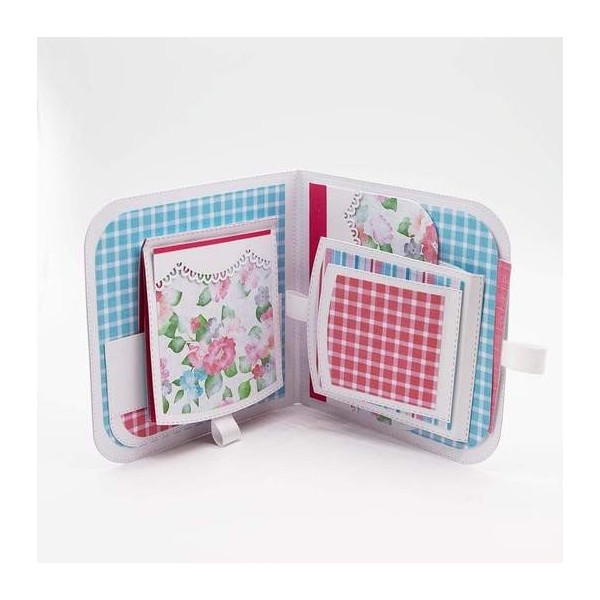

All traditional or conventional ways of machining processes such as drilling, turning and milling depend on the hardness of the cutting tool being higher than the hardness of the material being cut. The mechanical properties especially hardness of product materials are being developed and enhanced. More complex geometries of products exhibit new challenging production situations for machining processes of cutting tools. Machining processes are one of the effective ways of producing products with high accuracy and suitable surface roughness. To remain competitive modern manufacturing companies must ensure they utilize the latest and most efficient technologies.
Perfect layers tool set review license#
This is an Open Access article distributed under the terms of the Creative Commons Attribution License ( ), which permits unrestricted use, distribution, and reproduction in any medium, provided the original work is properly cited. The paper shows that the choice of ceramic cutting tools is a quite complex process with a number of important factors to be taken into account.

In parallel the latest improvements in ceramic cutting-tool materials are reviewed. In this article the advantages and disadvantages of the technologies and processes involved are analyzed and compared to identify the most appropriate methods for creating ceramic cutting-tools. Enhancement of cutting tool performance may be achieved through the use of modern composition ceramic cutting tools This may be enabled through surface treatment, and also hot pressing and spark plasma sintering – the two main processes used for manufacturing such tools. * e-mail: mechanical machining the quality of cutting-tool materials is one of the most significant issues that need to be addressed. Production and Machine Design Department, Faculty of Engineering, Minia University, Minia 61519, Egypt Moscow State University of Technology (MSUT) “STANKIN”, Moscow 127055, Russia


 0 kommentar(er)
0 kommentar(er)
